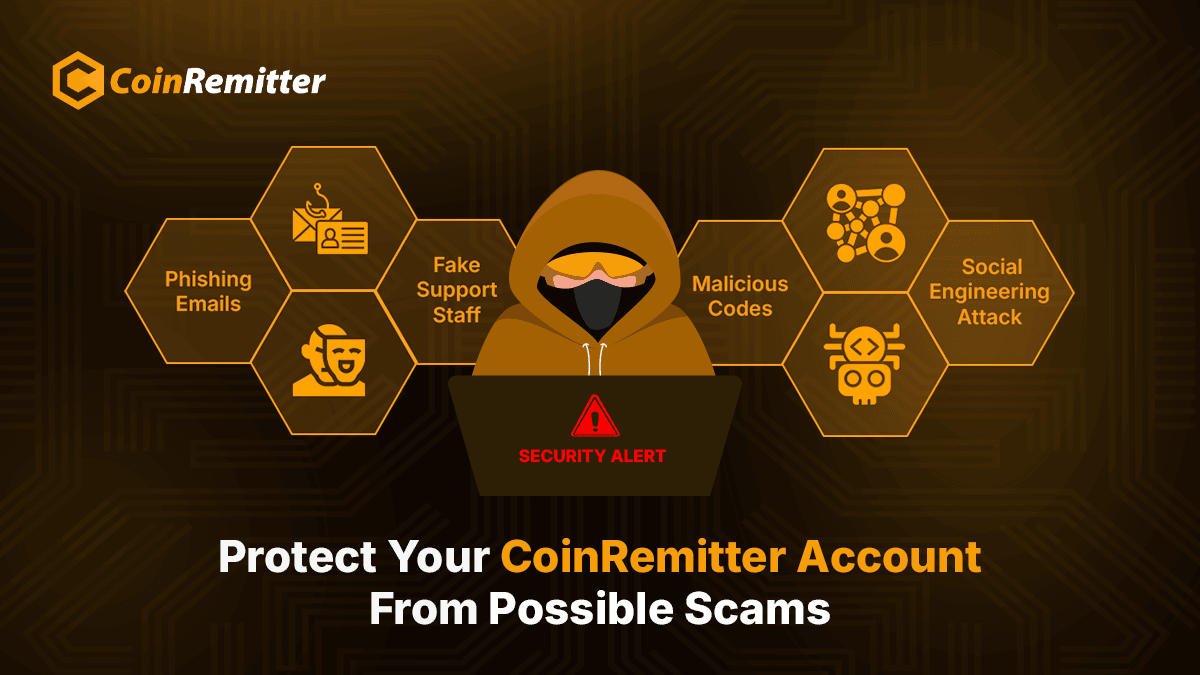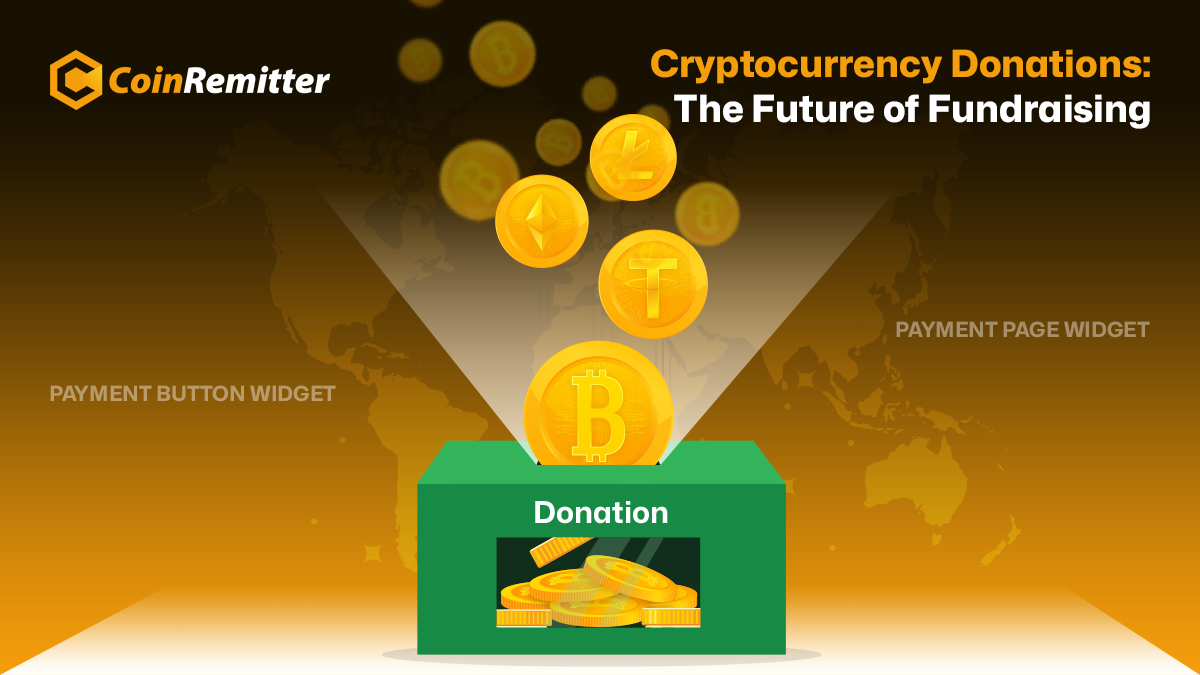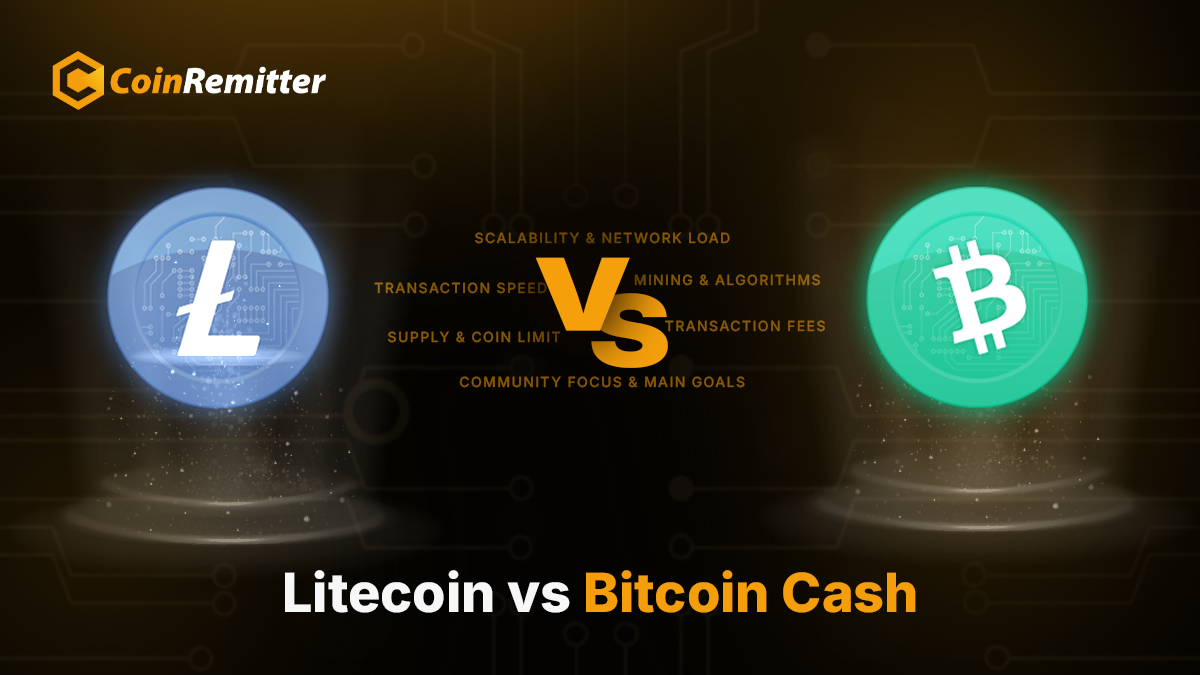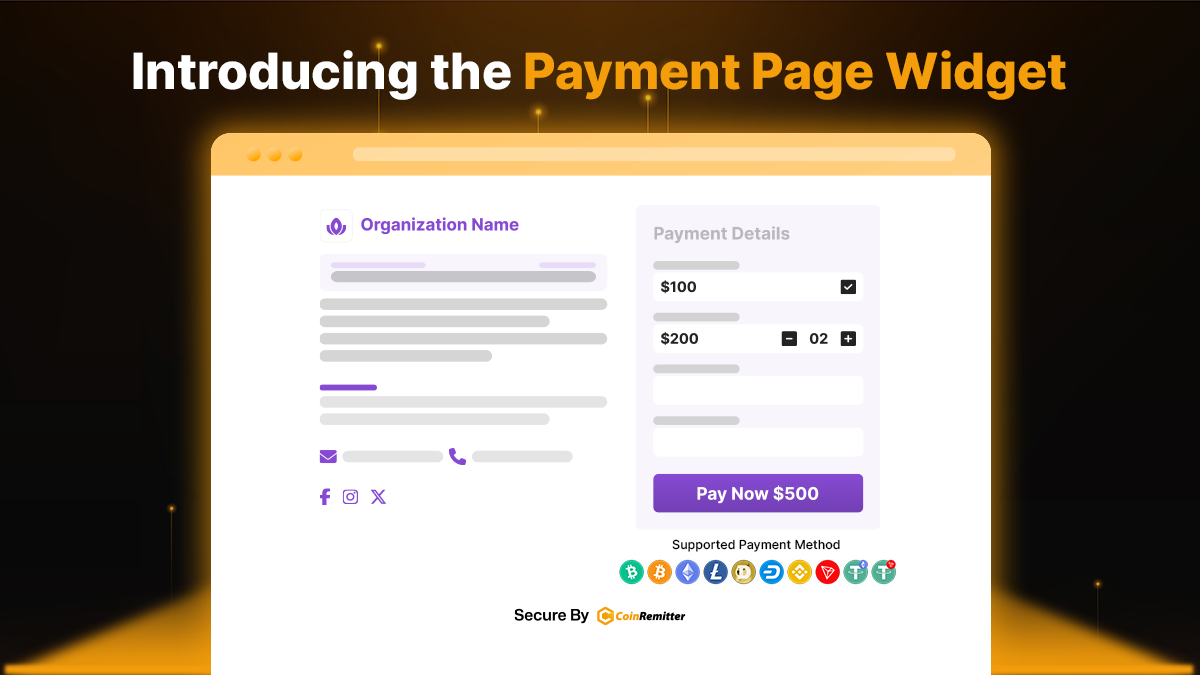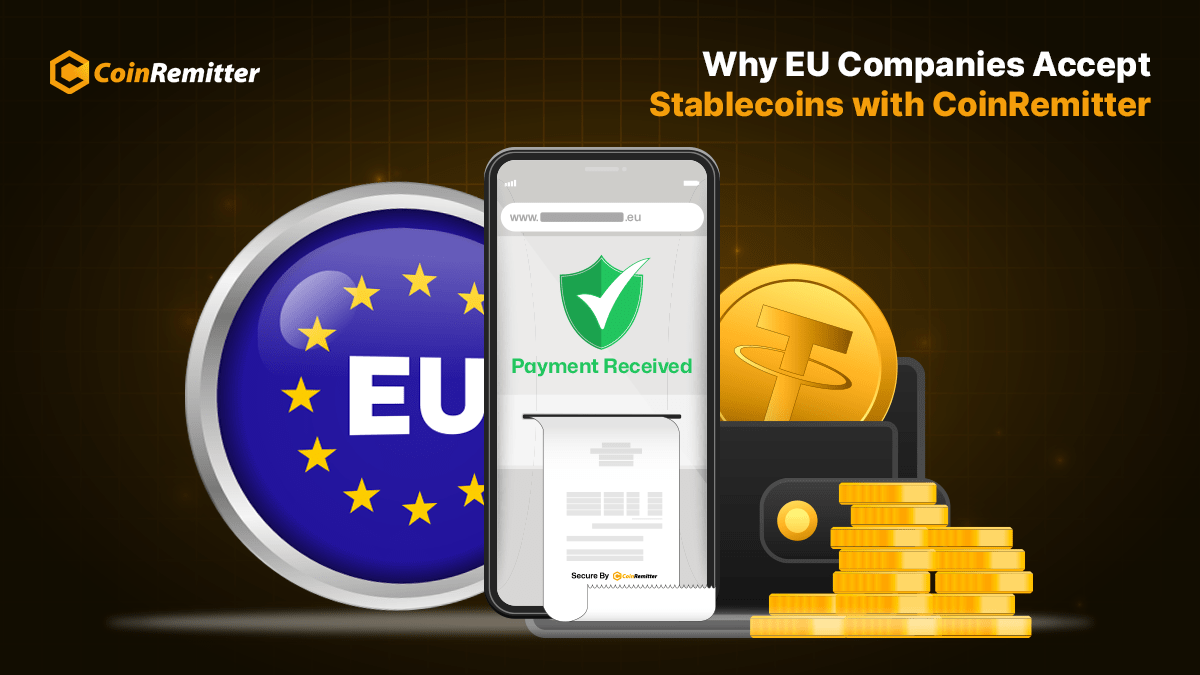Understanding Play-To-Earn Gaming Model
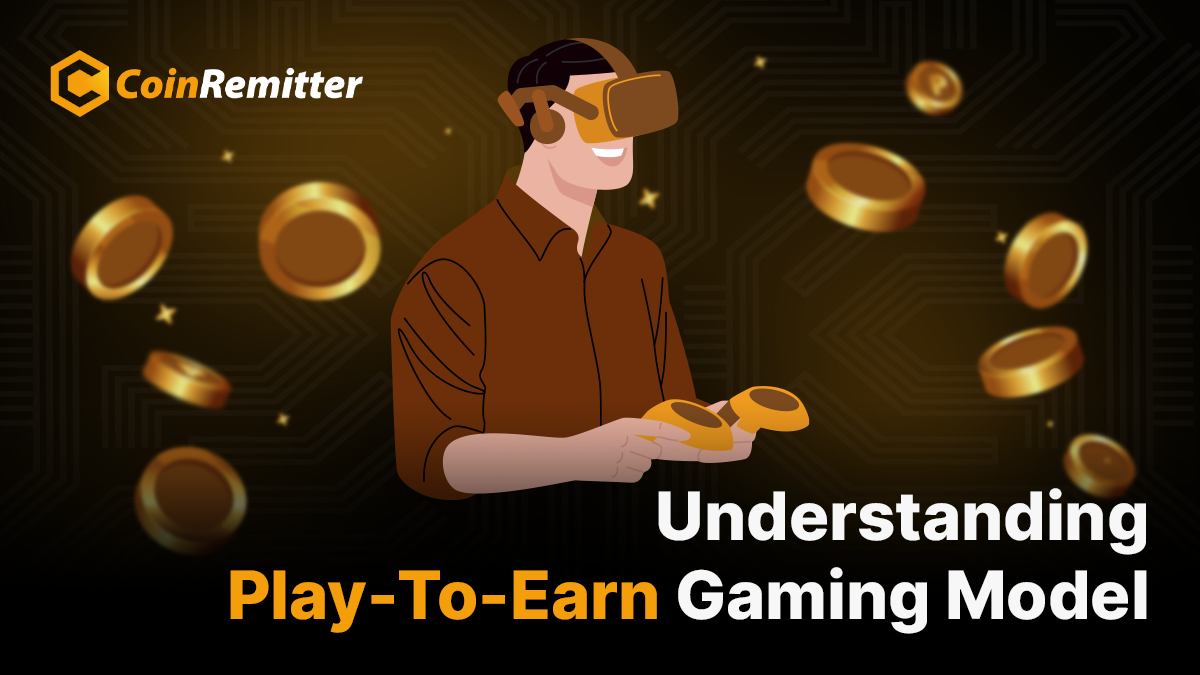
The emergence of the Play-To-Earn gaming model in the booming digital economy is making a name for itself. This model has managed to capture the attention of gamers, investors, and entrepreneurs alike. This model makes it easy for players to earn rewards in the form of NFTs, cryptocurrencies, tokens, etc. Also, they can buy, sell, or exchange them, all this while playing games. This blog will explain the Play-To-Earn gaming model in detail and how it is reshaping the decentralized ecosystem.
Play-To-Earn Crypto Gaming Model
Earlier, traditional gaming models were focused on the entertainment factor. While it was great for enjoyment, the conventional model never provided any economic benefit to players. However, with blockchain technology, modern gaming has advanced and Play-To-Earn gaming models are filling that loophole.
The P2E gaming model allows players to earn NFTs or valuable digital assets as rewards by playing games. Players own in-game items as digital tokens on the blockchain. They can earn rewards like cryptocurrency or in-game tokens for their achievements and contributions.
The P2E games market was worth $755 million in 2021. Now, it is projected to grow to $6.30 billion by 2031, with a growth rate of 21.3% annually.
Let’s look at the essential components of this model.
Components of the Play-To-Earn Gaming Model
Blockchain Technology:
Blockchain technology is the core of this model. It acts as a secure and transparent ledger that tracks ownership and transactions of in-game assets.
Virtual Assets:
Unlike traditional games where virtual assets are owned by the game developer, P2E games allow players to own their digital assets. These assets can be traded, sold, or used across different games.
Decentralized Governance:
P2E games implement decentralized governance models where players can participate in decision-making processes regarding game updates, changes in rules, or economic parameters.
NFTs:
P2E games use NFTs to represent unique digital items in the game. These can be anything from weapons and armor to characters, land parcels, or even resources.
Token Economy:
Players earn or buy tokens that hold value within the game. These tokens can be used for buying items, staking, participating in governance, or trading on crypto exchanges.
Community Interaction:
A strong and engaged community is important for any P2E game. Therefore, developers work towards open communication, actively address player concerns, and create a welcoming environment for players.
But how does this model operate? Let’s find out.
How Does the Play-To-Earn Games Model Work?
In the P2E games model, players engage in games that are developed on blockchain technology and have cryptocurrencies for rewards.
In P2E games, players earn digital rewards like NFTs, crypto coins, tokens, etc. by completing certain tasks and challenges. These rewards, which include popular cryptocurrencies like Ethereum (ETH), hold real-world value. Players can easily buy, sell, or exchange these digital assets on internal or external marketplaces and can even convert them into fiat currency.
Also, some P2E games allow players to stake their assets or use DeFi mechanisms to earn extra rewards.
Benefits of Play-To-Earn Games
Earning Potential:
P2E gaming lets players earn real rewards, like cryptocurrency or tokens, for playing games. This attracts gamers who see gaming as both fun and a way to make money.
Increase in Adoption of Blockchain Technology:
Gaming is the most popular form of entertainment. On the other hand, blockchain technology is covering several industries. For players who are showing interest in the P2E gaming model, the adoption of blockchain technology is increasing. The collaboration of gaming and the blockchain can bring innovation.
Beneficial for Gamers and Developers:
Play-to-earn games benefit both players and developers. Players earn money through in-game assets, while developers see increased revenue as the P2E ecosystem expands.
Ownership:
Blockchain lets players own unique items like weapons or avatars, and sell them for real money on marketplaces outside the game.
Engagement:
The P2E model creates a stronger community by encouraging players to work together towards shared goals and rewards. Some games even have programs where players lend their in-game items to others.
Challenges of Play-To-Earn Games
Entry Cost:
Play-to-earn games often require an initial investment in buying NFTs for participation. While it is beneficial for players in the long term, high-demand assets can be extremely expensive and not every player can afford them. This makes it challenging for gamers who want to get started in blockchain gaming.
Tokenomics:
Tokenomics refers to how a game’s currency and tokens are designed and managed. A well-designed token has a limited supply, as it creates value. However, if a game constantly creates new tokens but doesn’t give players enough ways to use them, it can lose value due to excessive supply and not enough demand.
Volatility:
P2E games often reward players with cryptocurrencies. The value of cryptocurrencies, even used in P2E games, can experience extreme price fluctuations. This volatility makes investing in play-to-earn games risky.
User Experience:
Some P2E games focus more on earning rewards than on making the gameplay fun. Players end up grinding for rewards without engaging with or enjoying the game itself. This can lead players to lose interest quickly after they earn what they want.
List of Popular P2E Games
- Polywin
- Decentraland
- Axie Infinity
- SkyWeaver
- The SandBox
Conclusion
The play-to-earn gaming model represents a revolutionary change in the gaming industry. With the integration of blockchain technology, players can get economic benefits from playing games. This model democratizes access to in-game assets and also develops player-driven economies. As this model continues to evolve and gain traction, it promises to redefine the gaming industry and the crypto world.
Over 38,000 merchants are using CoinRemitter
Join them now